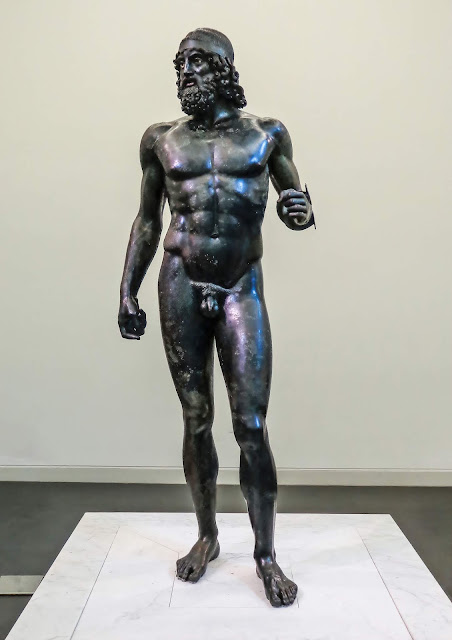Rome in Aquincum, once capital of Pannonia Inferior, ongoing at the Aquincumi Múzeum in Budapest, Hungary

Rome in Aquincum, once capital of Pannonia Inferior, ongoing at the Aquincumi Múzeum in Budapest, Hungary. Evoking the former splendour of the Governor’s residence, Rome in Aquincum displays some of the palace’s never before exhibited and restored mosaics, as well as wall paintings, the palace shrines’ statues, including the local Mithraeum, and reconstructions of a dolphin fountain and a large ornamental stone vessel (krater). Rome in Aquincum also displays a selection of luxury items: imported bronze, glass and ceramic vessels as well as gold and silver jewellery – samples from the daily life of the governor and those around him. Another special feature of the exhibition is the world-famous Aquincum organ, the remains of which were discovered during the construction of the same building in which it now stands. The exhibition displays the extant parts of the organ, along with a reconstruction of its structure and mechanism as well as the organ’s reconstructed working copy. ...
























